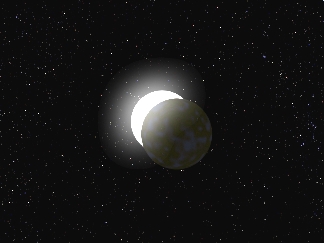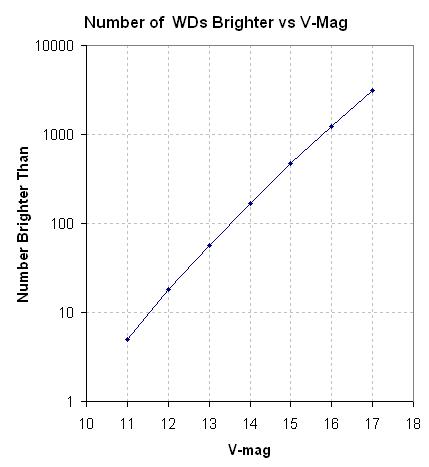This web page describes a 1-month "pilot project" of observations of white dwarf (WD) stars in a search for exoplanet transits. The goal is to explore ways of using amateur and professional observers in a way that most efficiently produces an assessment of the fraction of white dwarfs exhibiting transits by Earth-size planets in the habitable zone. If no transits are found during the 1-month pilot study, allowing for an evaluation of an upper limit to their presence, such a result can be useful in planning a comprehensive professional search for WD transits. Amateur telescopes are suitable for this project so it is anticipated that most observations will come from the community of amateurs with experience observing exoplanet transits (of main sequence stars). Any WD exoplanet in the habitable zone will orbit with a very short period (4 to 30 hours), will have very short transit lengths (a few minutes) and will produce very deep transits (complete eclipse possible for central crossing). Such transits would be easy for amateurs to detect for stars as bright as typical known transiting exoplanet stars, V-mag 10 - 13, but only a few WDs are this bright; the faintness of WDs, and the short transit times of exoplanets that are of interest, means that only advanced amateurs with prior experience in observing exoplanet transits are being recruited for this pilot study. This web page will be the home site for an archive of light curve submissions, and links will be included for web pages devoted to specific WDs when they have light curves. The 1-month observing period is set for September, 2011.



Both images and the animation were created for PAWM by Manuel Mendez (Spain).





